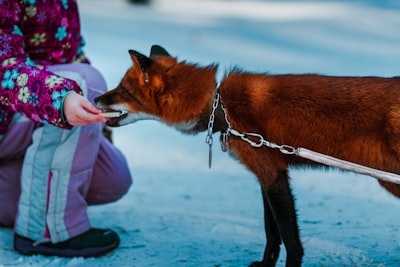The recent incident of a man reportedly kicking an airport customs dog 'so hard it was lifted off the ground' is more than just a shocking headline—it’s a moment to examine the often-overlooked vulnerabilities of service animals and the culture of aggression towards authority in public spaces.
The Crucial Role of Customs Dogs Customs dogs are integral to airport security worldwide, using their acute sense of smell to detect drugs, explosives, and illegal substances. Their presence alone deters crime and accelerates screening processes. Yet, these highly trained animals, who serve alongside law enforcement, are not afforded the same level of protection or public empathy as their human counterparts.
| Stakeholder | Pros of Current System | Cons of Current System |
|---|---|---|
| Public security | Rapid, accurate detection | Service animals sometimes seen as expendable |
| Law enforcement | Essential partner in searches | Training, injury, and liability costs |
| Service animals | Receive vet care, training | Vulnerable to public aggression, stress |
Understanding the Dilemma This case spotlights a deep societal dilemma: do we value the safety of animals serving humans as much as we value our own? Laws vary globally, but penalties for harming a working animal seldom match those for assaulting a human officer, despite the animal’s critical security function. Notably, the U.S., U.K., and Australia all have recent cases of service animals being harmed, often resulting in only minor legal consequences for perpetrators.
Aggression and Authority Such acts reflect broader tensions regarding authority in public spaces. Airports, with their high stress and strict procedures, can trigger aggressive outbursts. Experts note a steady rise in anti-authority incidents worldwide, from verbal abuse of staff to physical assaults—service animals are increasingly caught in the crossfire.
Time for Stronger Protections Beyond shock or outrage, this episode provokes a clear call to action: specialized laws and robust enforcement must shield working animals from harm. Public education campaigns and harsher penalties could help deter attacks. Equally, addressing the causes of airport rage—such as long wait times, lack of privacy, or unclear communication—could reduce such violent outbursts.
Broader Trends As the use of service animals in security grows—spanning airports, events, and public transit—their welfare is not just an animal rights issue but a cornerstone of public safety. Increasingly, societies recognizing the emotional and functional intelligence of animals are pushing for upgraded legal status and workplace protections for working dogs.
This article was inspired by the headline: 'Man kicks airport customs dog 'so hard it was lifted off the ground''.

Comments
No comments yet. Be the first to comment!